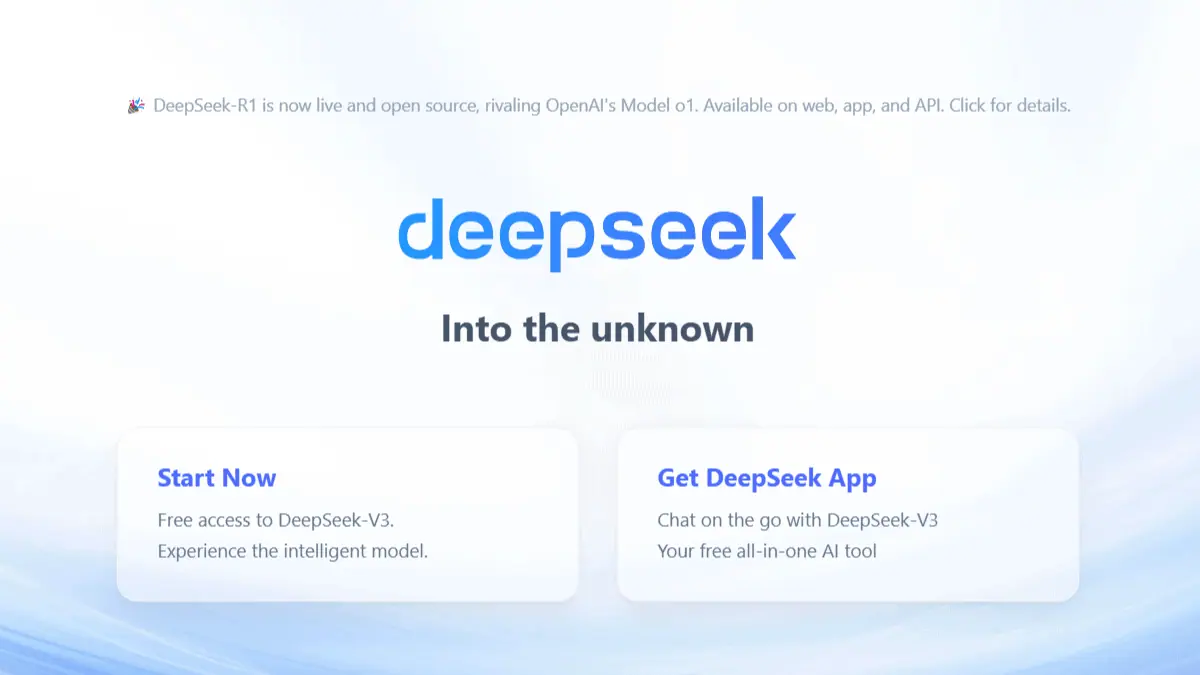Microsoft claims Azure SQL Data Warehouse is up to 14x faster than its competitors
2 min. read
Published on
Read our disclosure page to find out how can you help MSPoweruser sustain the editorial team Read more

Just like last year, Microsoft today shared some new benchmark results of its cloud analytics service Azure SQL Data Warehouse. According to the study by GigaOm, Azure SQL Data Warehouse is now outperforming Google BigQuery and AWS RedShift up to a 14x times. GigaOm also found that Azure is up to 94 percent cheaper.
- Azure SQL Data Warehouse outperforms Google BigQuery in all TPC-H benchmark queries. Azure also consistently demonstrated better price-performance in comparison with Google BigQuery and costs up to 94% less when measured against SQL Data Warehouse clusters.
- Azure SQL Data Warehouse outperforms Amazon Redshift in 86% of all the TPC-H benchmark queries. Azure also consistently demonstrated better price-performance in comparison with Amazon Redshift and costs up to 31% less when measured against SQL Data Warehouse clusters.
It is good to see Microsoft outperforming the competition. Last year, AWS claimed that Redshift is up to 2x faster than Azure SQL Data Warehouse with 1 user and 1.6x faster with four concurrent users. It would be great if Microsoft and Amazon agree upon some common benchmarks to measure their analytic solution performance. Without a standard way of measuring the performance, it is really difficult to compare performance of both these services.
Microsoft today also made the following announcements related to data and analytics:
- General availability of Azure Data Lake Storage: The first cloud storage that combines the best of hierarchical files system and blob storage.
- General availability of Azure Data Explorer: A fast, fully managed service that simplifies ad hoc and interactive analysis over telemetry, time-series, and log data. This service, powering other Azure services like Log Analytics, App Insights, Time Series Insights, is useful to query streaming data to identify trends, detect anomalies, and diagnose problems.
- Preview of new Mapping Data Flow capability in Azure Data Factory: Visual Flow provides a visual, zero-code experience to help data engineers to easily build data transformations. This complements the Azure Data Factory’s code-first experience to enable data engineers of all skill levels to collaborate and build powerful hybrid data transformation pipelines.
Source: Microsoft









User forum
0 messages